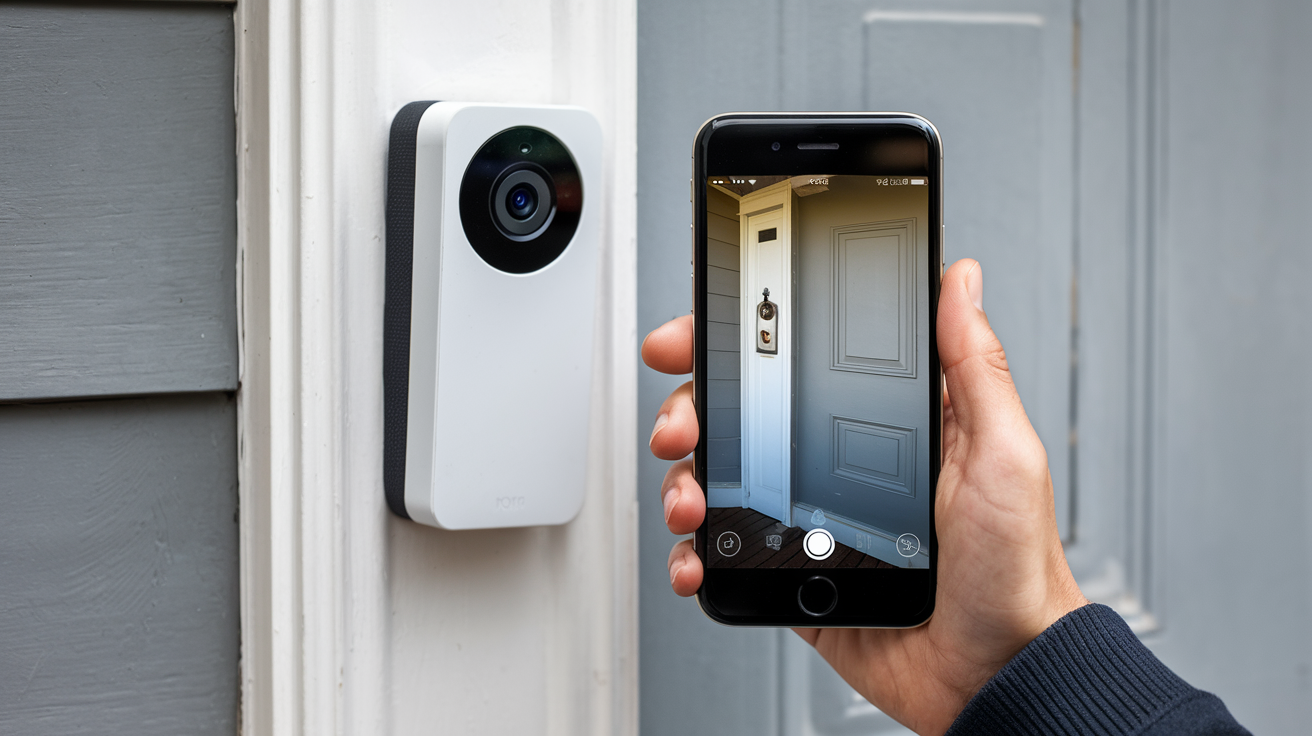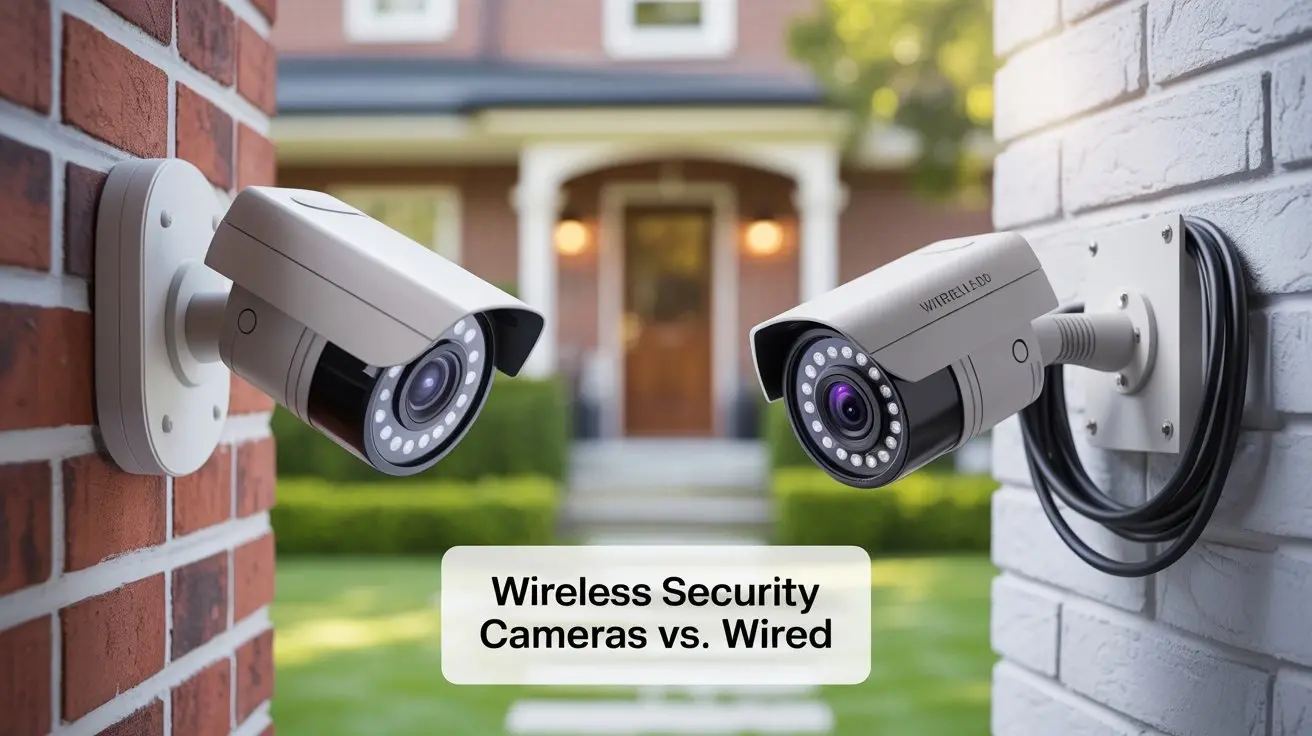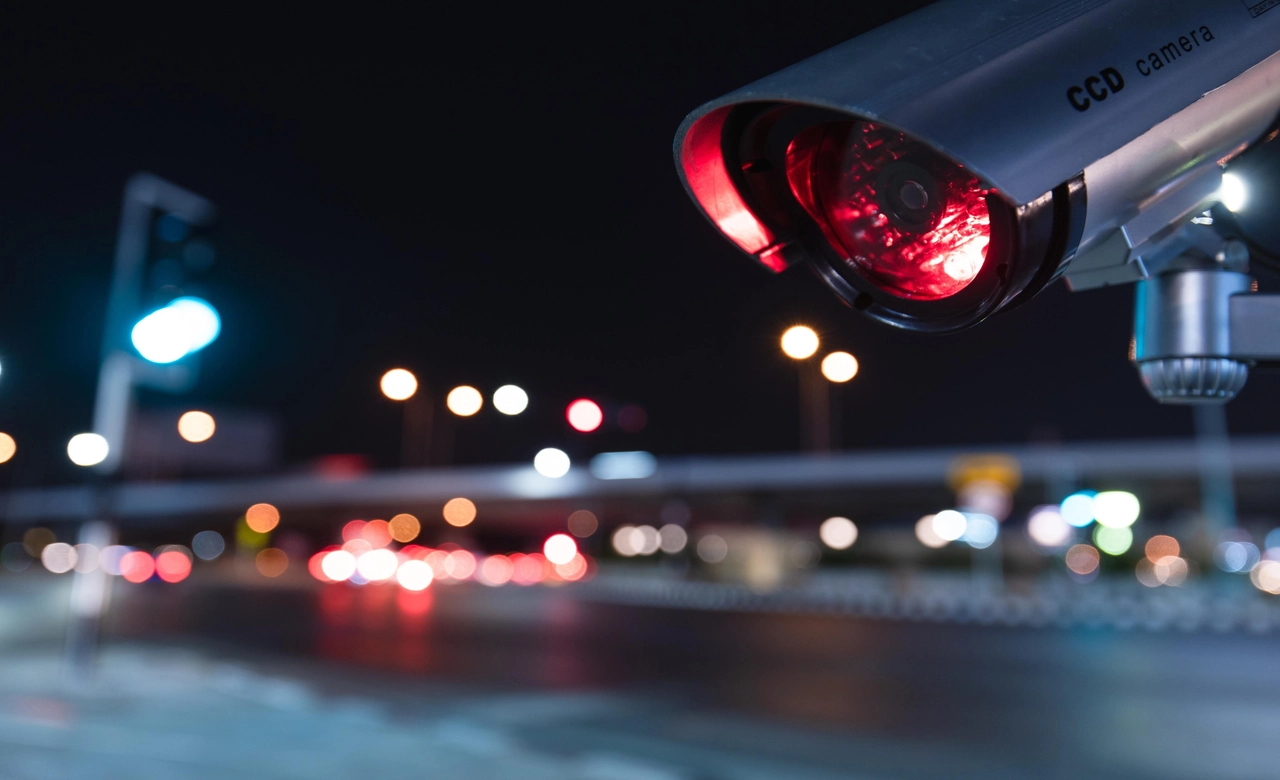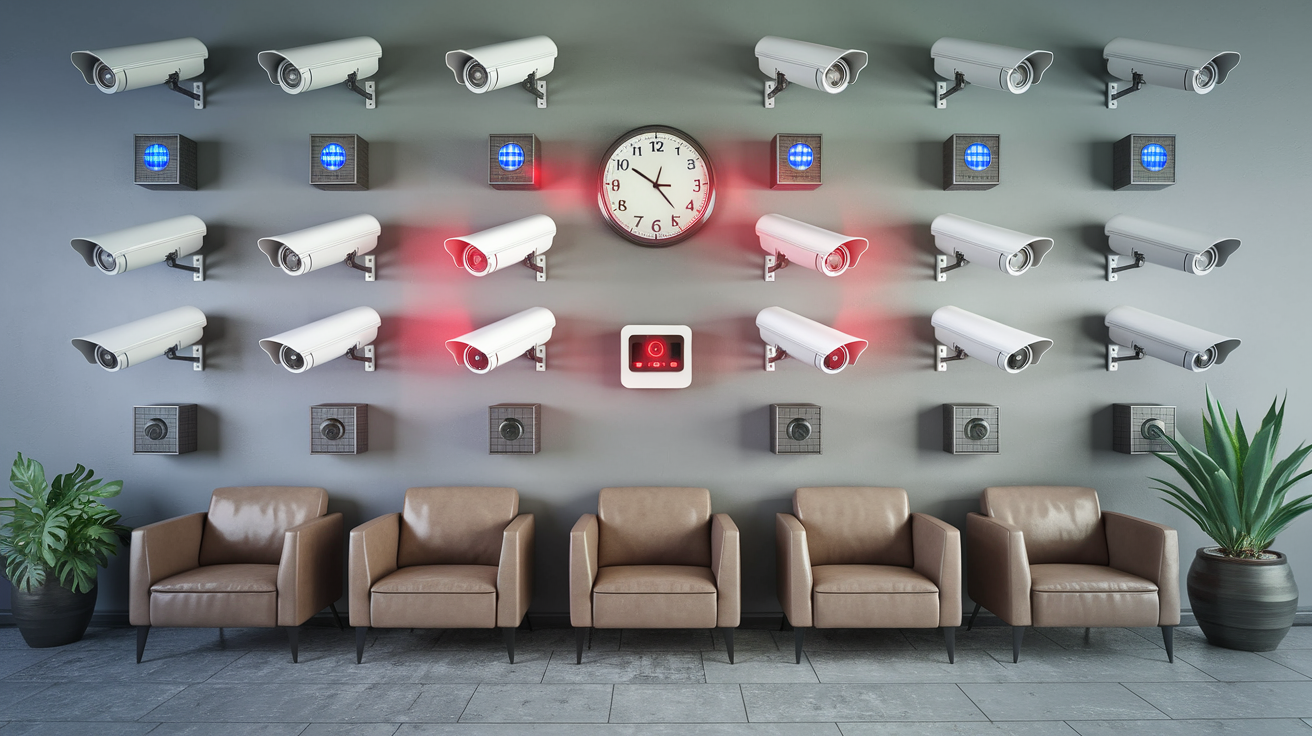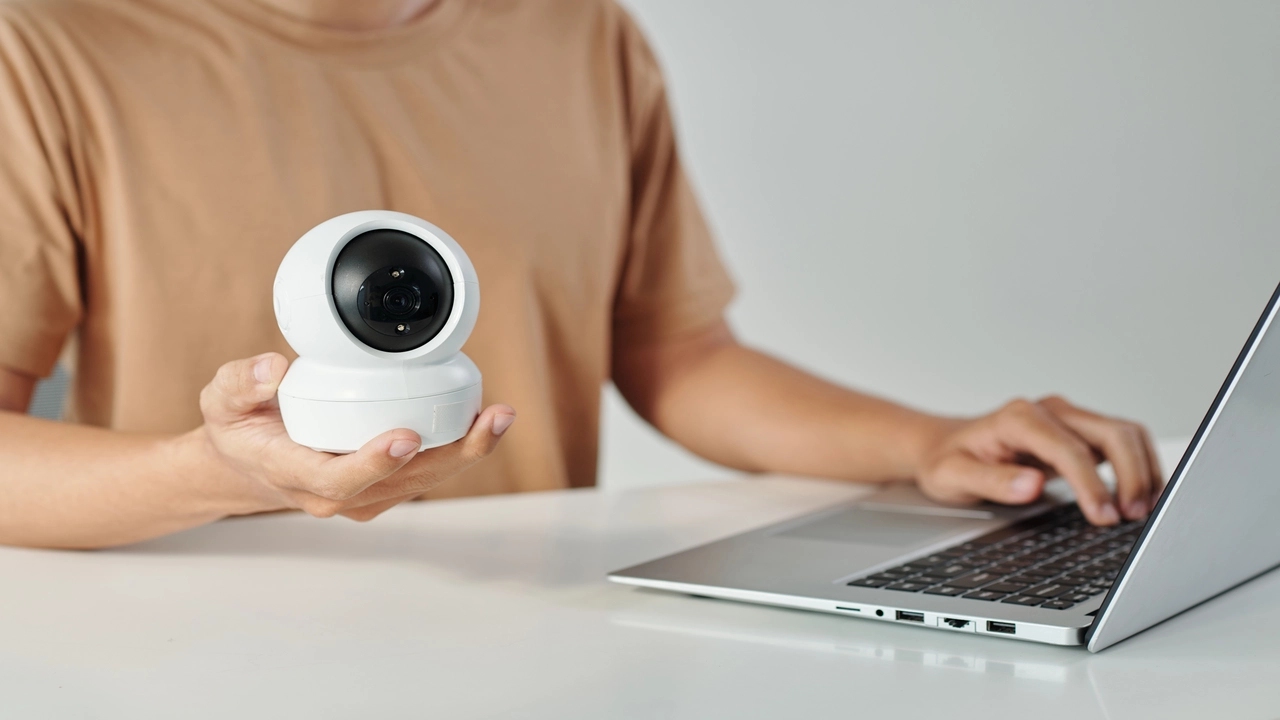Doorbell Cams Over the last several years, one of the most often used home security tools is wireless doorbell cameras. A Wi-Fi-enabled doorbell camera uses a smartphone application to let you watch and communicate with guests via a camera. Should someone be ringing your bell or even approaching your front door, the camera will notify you and enable you to see, hear, and even converse with the individual at the door from anywhere.
Doorbell cameras as security and convenience tools in homes have become somewhat common. These let you know who is at your home without necessarily having to be available to knock on the door and check. This guarantees security and helps one to recognize the guest before letting him or her inside the enclosure. Even without running the bell, some of the doorbell cameras also have motion detection, which will notify you should movement near your front door.
All About the Doorbell Cameras Doorbell cameras combine digital video and audio technologies, motion sensors, wireless networking, and smartphone compatibility. The main elements are laid out here along with their interactions:
Camera and Audio Source Any doorbell camera's main goal is to record front door audio and video input. It has a high-definition digital video camera to capture the action. It also has speakers so you may engage with the guests and a microphone to record any noise in the surroundings.
When the doorbell button is hit or motion is detected, the live audio and video feed is then accessible from your smartphone, tablet, or computer using the doorbell business app. You treat the guests the same way you would see them via a periscope or converse with them over a megaphone.
Wireless Connectivity Wi-Fi is used by many doorbell cameras to transmit the front door of your home audio and video feeds. This allows you to access the camera stream from wherever your mobile device or PC has an internet connection.
The doorbell camera will therefore have to be coupled to the doorbell wiring as it runs on a wired connection. Therefore, when you install these connections, complicated rewiring in your house is not necessary. Just connecting the doorbell button to the chime is needed wiring. There is still a wireless component to the system.
Smartphone Connectivity and Alerts Doorbell cameras are smart home accessories. This means they are mainly managed via a smartphone application from the camera company that owns the camera. The live feed is available through the app, or you can set the camera to notify you when motion is detected.
For instance, if someone rings the doorbell or moves close to the camera after pressing a button, the application will send an instant alert to your smartphone. This enables you to open the app at whatever time you feel convenient and witness and communicate with the visitors at your door in real-time.
Cloud Storage and Video Recording Recorded videos from the camera are stored in a cloud server away from the physical location of the car. When motion is sensed or the doorbell is pressed, it will record a video clip and store it in the cloud for later review. Most systems offer between 24-72 hours of cloud video storage for free. Additionally, for the extended video streaming and recording history, there is often an offer to sign up for the video recording service.
Night Vision If not all, most of the doorbell cameras out there support night vision since they contain infrared LEDs. This enables a good video output in zero or minimal light conditions as is the case at night. They are positioning infrared LED lights across the lens of the camera that is integrated into the apparatus. These LEDs emit infrared light which is not perceptible to the human eye. However, the camera sensor can recognize this light and then light up the scene and recognize people and objects in the dark. Night vision ranges from 5-25 feet enabling you to see who is at the door before opening it.
Wide-angle lens Doorbell cameras are fitted with a lens of wide-angle to ensure that they cover a large area of view. This lets you capture a wider area of the scene outside your door like packages delivered on your doorstep or activities taking place on the sidewalk at a given point in time. For instance, some doorbell cameras can have a diagonal field of vision of up to 180 degrees or even more.
Motion Detection Sensors Almost all doorbell cameras come with motion detection features such as Passive Infrared (PIR) sensors or microwave motion detectors. These detect activity and motion within the camera’s field of vision. If the sensor is activated, the camera will begin recording video and notify your linked smartphone, even when the doorbell button has not been pressed. It can also serve as a security video camera and capture any strange movement or unauthorized persons approaching your house.
Conclusion Doorbell cameras are designed to give you a visual and auditory means of seeing and hearing what is going on at your doorstep by integrating a digital camera, microphone, wireless connectivity, and a smartphone application. They enable homeowners to observe, listen, and communicate with visitors at their doors for security and convenience. Additional features such as night vision, multiple lenses, cloud storage, and motion detection offer even more surveillance capacity. As technology advances, Doorbell cameras should continue to increase in popularity as a standard home security product.
Protect your home today with ADT’s top-rated security solutions!
Call now at +1 877-470-7879 to get a free consultation and find out how you can secure your home with the best in the business. Don’t wait—ensure your peace of mind with ADT!
